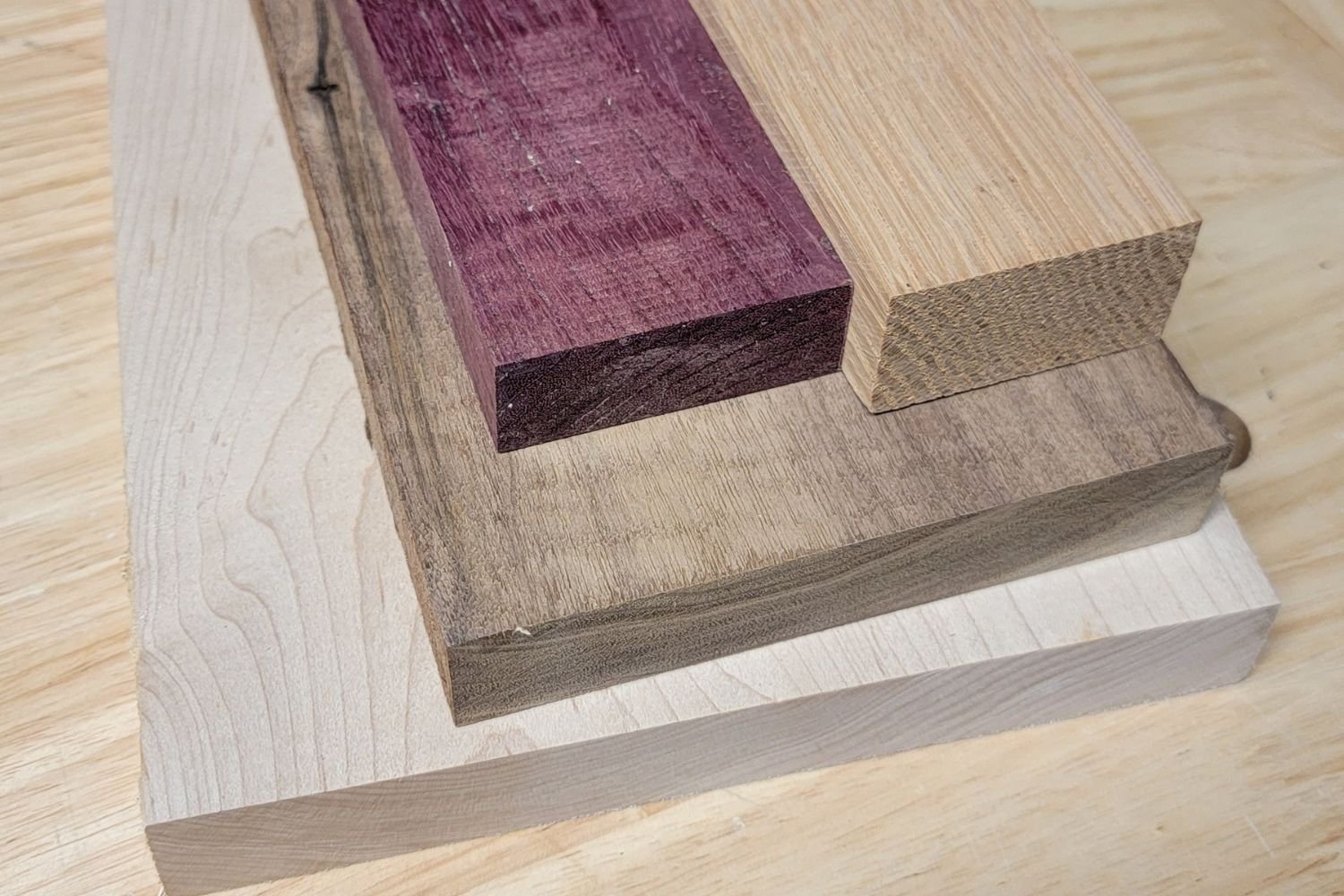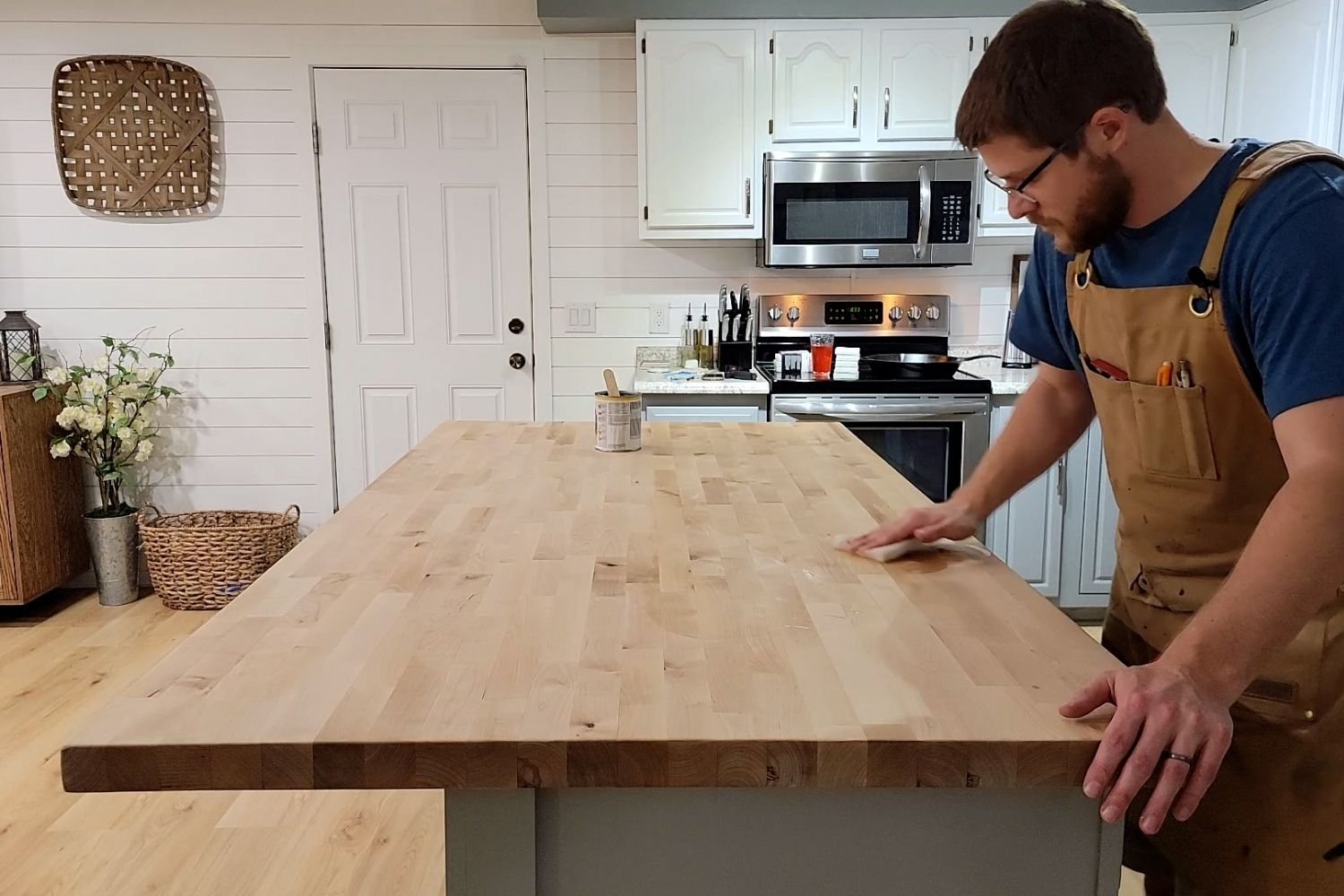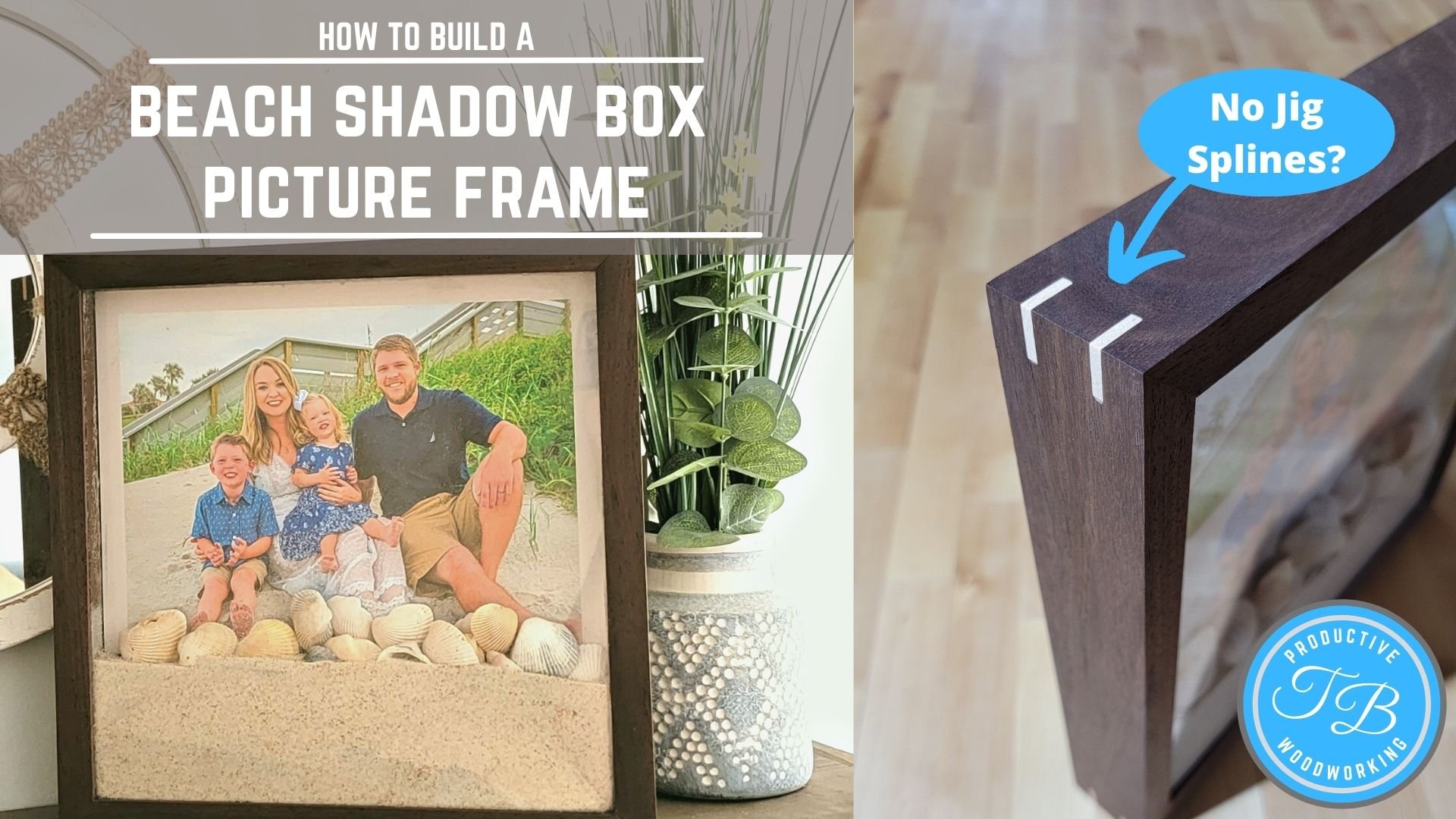Janka Hardness Scale Explained (Complete Wood Ratings)
What is the Janka Wood Hardness Scale?
The Janka hardness scale is a measure of the hardness of a given species of wood and its level of durability. It is named after its inventor, an Austrian wood researcher named Gabriel Janka which was standardized in 1922. The Janka hardness test is a variation or adaptation of the Brinell hardness test. The Janka scale ranges from 0 to over 4000lbf, with softer woods scoring lower on the scale and harder wood scoring higher. Some woods, like balsa, are very soft and have a low Janka score, while other woods, like oak, are much harder and have a higher score. The scale is most commonly used to compare the hardness of various wood species, as well as to determine how suitable a particular type of wood is for a given application or project.
How is the Janka Hardness Scale measured?
The Janka hardness test measures the amount of force required to embed a 0.444 inch (11.28mm) diameter steel ball into a piece of wood to the depth of half the ball's diameter. The results are measured with various units, in the United States the scores are represented in pounds-force(lbf), in Europe, it is in kilograms-force (kgf), and in Australia, it is shown in newtons (N). The testing is standardized by the American Society for Testing and Materials (ASTM) standard D143. Typically Janka hardness values are shown for the testing on the face of a board, which is a good indicator of overall durability. The Janka hardness test is an adaptation of the Brinell hardness test which also uses a steel ball to measure the indentation created from a 0.44-inch steel ball measured in square millimeters. The difference is the Janka testing measures the wood's resistance to the dent and rates the hardness of wood.
How is the Janka Hardness Scale used?
The most common use of Janka hardness ratings is to determine how strong a certain type of wood is and how well it will hold up against wear and tear. The main consideration when choosing hardwood flooring and balancing the hardness of a wood and its appearance. The measure of the hardness of wood relative to other species can help individuals choose the best wood product for a given application. It may be beneficial to use more exotic woods due to the higher rating and resistance of dents, scratches, and normal wear and tear. Whereas if something does not see much wear and tear and more aesthetics the obvious choice would be to pick a wood species regardless of the Janka numbers.
What is the importance of the Janka Hardness Scale?
The Janka scale is important for a few reasons. First, it allows people to compare the hardness of different types of wood in a lumber industry that has countless wood products. Knowing the level of hardness is important when choosing a type of wood for a specific application such as hardwood floors, furniture, and butcherblock countertops. Second, it helps people understand how well a particular wood will stand up to wear and tear. For example, someone might choose red oak over pine for a flooring material because red oak is much harder and will withstand more abuse over the long term. The Janka rating system is also helpful for woodworkers to understand the hardness of the wood they are going to be working with. Softwood species are easier to work with, whereas hardwoods can cause higher than normal wear on tools, blades, and sandpaper.
Factors that can affect the Janka Hardness Scale
Many factors can affect the Janka hardness scale in various ways including density, moisture content, growth patterns, and direction of the wood grain of the given wood species. An important factor is moisture content, woods that are high in moisture content generally rank lower on the scale as they are more susceptible to denting and wear. Another good indicator is the speed at which a tree grows, if it has slow growth patterns and tight grain the density will be higher and result in a high Janka hardness rating. In general, softwoods will have fast growth patterns and higher moisture content, whereas hardwoods will grow much slower and have a low moisture rating.
Hardwoods vs Softwoods
Hardwood lumber comes from deciduous trees which end up losing their leaves every year and have a high Janka hardness rating of over 1000 N. Softwood lumber is harvested from conifer trees which usually remain evergreen throughout the year and have a Janka hardness rating of under 1000 N. The cutoff between hardwood and softwood lumber is not a clear cut line at 1000 N but is an industry benchmark. The Janka ratings vary drastically within both hardwood and softwood categories the durability can vary drastically.
Popular Woods on the Janka Hardness Scale?
Popular choices of soft woods are douglas fir, southern yellow pine, balsa wood, western red cedar, and balsa. Each of these soft woods has a Janka hardness value of less than 1000 N. These are appropriate choices for construction purposes and for applications that do not experience daily use. Also, on the Janka scale of hardness, we have hardwoods like hard maple, white oak, red oak, black walnut, ash, hickory, cherry, and mahogany. These wood species are some of the hardest wood on the Janka scale and are great choices for hardwood flooring, furniture, and fine woodworking.
Janka Hardness Values Table
| Species | Pounds-Force (Newtons) |
|---|---|
| Brazilian Olivewood | 3,700 lbf (16,000 N) |
| Brazilian Ebony | 3,700 lbf (16,000 N) |
| Ipê, Brazilian Walnut, Handroanthus lapacho | 3,684 lbf (16,390 N) |
| African Pearwood, Moabi | 3,680 lbf (16,400 N) |
| Grey Ironbark | 3,664 lbf (16,300 N) |
| Bolivian Cherry | 3,650 lbf (16,200 N) |
| Dipteryx, Cumaru, Brazilian Teak[9] | 3,330 lbf (14,800 N) |
| Ironwood | 3,260 lbf (14,500 N) |
| Ebony | 3,220 lbf (14,300 N) |
| Bloodwood (Brosimum rubescens) | 2,900 lbf (13,000 N) |
| Boxwood | 2,840 lbf (12,600 N) |
| Red Mahogany, Turpentine | 2,697 lbf (12,000 N) |
| Southern Chestnut | 2,670 lbf (11,900 N) |
| Brazilian Cherry, Jatoba | 2,350 lbf (10,500 N) |
| Mesquite | 2,345 lbf (10,430 N) |
| Osage Orange | 2,040 lbf (9,100 N) |
| Bubinga | 1,980 lbf (8,800 N) |
| Jarrah | 1,910 lbf (8,500 N) |
| Purpleheart | 1,860 lbf (8,300 N) |
| Goncalo Alves, Tigerwood | 1,850 lbf (8,200 N) |
| Hickory, Pecan, Satinwood | 1,820 lbf (8,100 N) |
| Afzelia, Doussie, Australian Wormy Chestnut | 1,810 lbf (8,100 N) |
| Castello boxwood | 1,810 lbf (8,100 N) |
| Rosewood | 1,780 lbf (7,900 N) |
| African Padauk | 1,725 lbf (7,670 N) |
| Blackwood | 1,720 lbf (7,700 N) |
| Black Locust | 1,700 lbf (7,600 N) |
| Highland Beech | 1,686 lbf (7,500 N) |
| Red Mulberry | 1,680 lbf (7,500 N) |
| Wenge, Red Pine, Hornbeam | 1,630 lbf (7,300 N) |
| Zebrawood | 1,575 lbf (7,010 N) |
| Sapele, Sapelli, Kupa'y | 1,510 lbf (6,700 N) |
| Sweet Birch | 1,470 lbf (6,500 N) |
| Hard maple, Sugar Maple | 1,450 lbf (6,400 N) |
| Natural Bamboo (represents one species) | 1,380 lbf (6,100 N) |
| Australian Cypress | 1,375 lbf (6,120 N) |
| White Oak | 1,360 lbf (6,000 N) |
| Ash (White) | 1,320 lbf (5,900 N) |
| American Beech | 1,300 lbf (5,800 N) |
| Red Oak (Northern) | 1,290 lbf (5,700 N) |
| Teak | 1,155 lbf (5,140 N) |
| English Oak | 1,120 lbf (5,000 N) |
| Peruvian Walnut | 1,080 lbf (4,800 N) |
| Black Walnut, North American Walnut | 1,010 lbf (4,500 N) |
| Cherry | 995 lbf (4,430 N) |
| Black Cherry, Imbuia | 950 lbf (4,200 N) |
| Red Maple | 950 lbf (4,200 N) |
| Paper Birch | 910 lbf (4,000 N) |
| Eastern Red Cedar | 900 lbf (4,000 N) |
| Southern Yellow Pine (Longleaf) | 870 lbf (3,900 N) |
| Lacewood, Leopardwood | 840 lbf (3,700 N) |
| African Mahogany | 830 lbf (3,700 N) |
| Mahogany, Honduran Mahogany | 800 lbf (3,600 N) |
| Sycamore | 770 lbf (3,400 N) |
| Box Elder | 720 lbf (3,200 N) |
| Radiata Pine | 710 lbf (3,200 N) |
| Silver Maple | 700 lbf (3,100 N) |
| Southern Yellow Pine (Loblolly and Shortleaf) | 690 lbf (3,100 N) |
| Douglas Fir | 660 lbf (2,900 N) |
| Alder (Red) | 590 lbf (2,600 N) |
| Chestnut | 540 lbf (2,400 N) |
| Yellow Poplar, Poplar | 540 lbf (2,400 N) |
| Hemlock | 500 lbf (2,200 N) |
| Western White Pine | 420 lbf (1,900 N) |
| Basswood | 410 lbf (1,800 N) |
| Eastern White Pine | 380 lbf (1,700 N) |
| Balsa | 70 lbf (310 N) |
Related Articles
If you have any questions, comment below.
Let’s talk about it!














